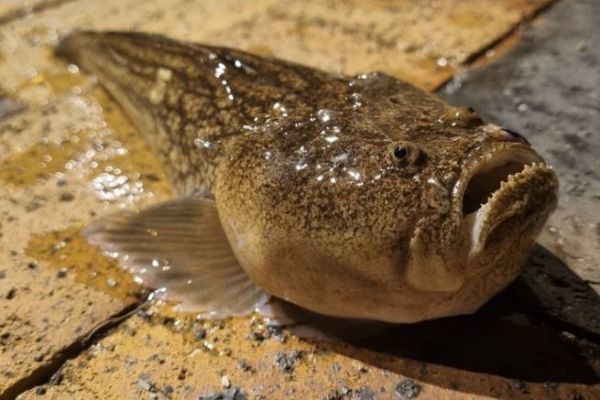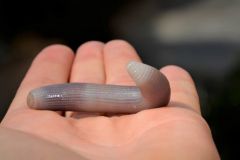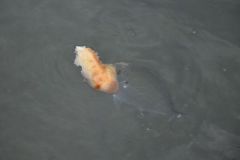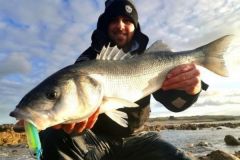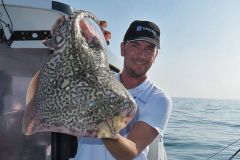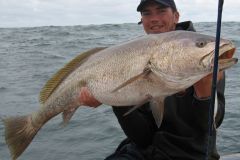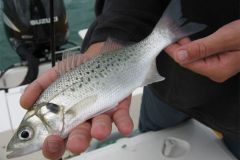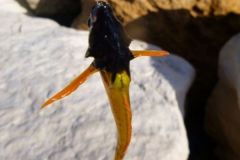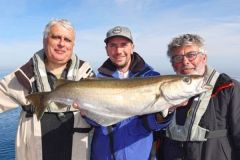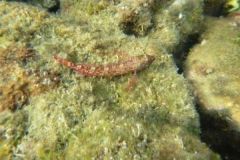Introducing the uranoscope
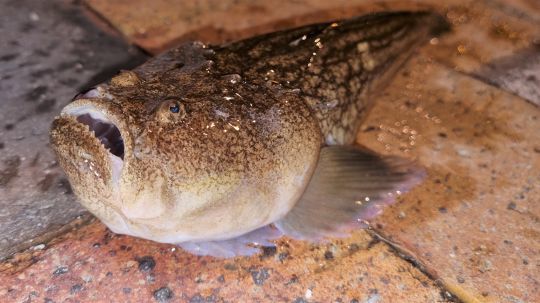
The uranoscope, from its scientific name uranoscopus scaber, is a truly atypical fish found in the Mediterranean and Atlantic Oceans. Its mouth is massive and angled upwards. The eyes on the top of its head give it the nickname of "star gazer". The uranoscope's body is thick and elongated, and can be likened to a club. Its back is grayish-brown and spotted with white, while its belly is whitish. The uranoscope can also be called a white scorpion fish and can reach 30 centimetres in length.
Beware: its pectoral and dorsal fins are covered with very pronounced spines, and the bite can be very painful.
Housing and lifestyle
A benthic fish, the uranoscope spends much of its time buried in sand or on sandy-muddy bottoms. It is mainly found at depths of less than 50 meters. At night, it moves closer to the shore and can sometimes be found in harbors.
With his eyes turned upwards, he spies and stands ready to snatch any prey that comes within his reach. The prey is attracted by a worm-like protuberance on its mouth, which it shakes on the bottom. A carnivorous fish, it also feeds on worms and various crustaceans buried in the sand.
Uranoscope fishing
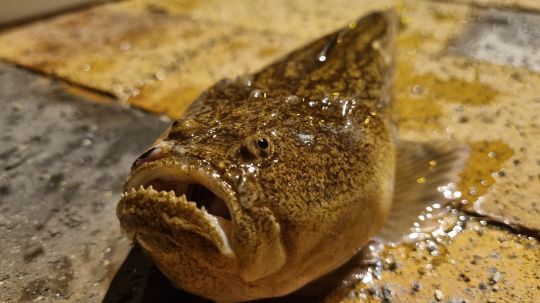
Fishing for uranoscopes is uncommon, given their limited distribution and rather sedentary lifestyle. However, it is possible to catch uranoscopes when bait fishing on or near sandy beaches, or during longline or prop fishing sessions. They are also a sought-after catch for rockfishing enthusiasts who use a lead head and a soft lure. Rockfishers are more likely to look for this fish near the coast at night.
